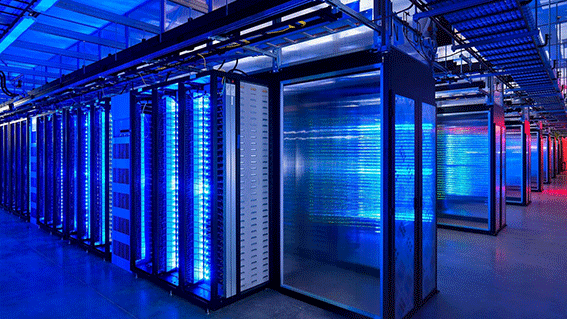
All That You Need To Know About Data Centre Security
Table of Contents
There are several factors that you need to consider when securing your data center. Among them are redundancy, cameras, and security guards. Besides, you also need to consider the software that you are going to use to manage the security of the center. By following the advice in this article, you should be able to secure your data center.
Redundancy
Redundancy is one of the most important aspects of IT infrastructure. Although many people confuse this concept with backups, the two are different. Backups are passive incremental file stores, whereas redundancy is a live copy of all services, ensuring 100% uptime. This is especially important when disaster strikes and a server fails.
Data centers with 2N redundancy have a fully mirrored system on standby with two copies of every component. This is considered the most robust form of security. It involves two independent paths, two generators, and two UPS systems.
Cameras
Cameras installed in a data center can provide a variety of benefits for a company. They can help protect assets and prevent security breaches. Additionally, they can reduce expenses and increase efficiency. Here are some benefits of installing data center security cameras: *Proactive security alerts can help mitigate incidents such as equipment failures or outages.
*Video surveillance prevents data loss. As much as 30% of data breaches are caused by internal users, video surveillance can help prevent this from happening. It can help facility managers keep track of who is entering and exiting a data center. It can also discourage potential attackers from attempting an attack because it can provide video evidence. In addition, the presence of cameras can alert facility management to a potential fire or intrusion, and can even help detect an unauthorized entry or attack.
Security Guards
Data security centers need security guards to ensure the protection of sensitive data. Unlike a traditional office, data centers don’t have any exterior windows, which can make them vulnerable to intruders. A security guard’s job is to watch surveillance camera footage and identify any movement in the area. Data centers also need to monitor the movements of people who are allowed inside. Multidirectional cameras are used to detect any activity, and speakers installed on the walls can announce potential threats.
There are many different types of data center security. The most common are physical security measures, such as guards at the front gate and surveillance cameras throughout the facility. Data center security measures can range from monitoring a fire or water leak to liaising with response contractors and emergency services. Data centers also need proper lighting and can make use of event-activated lighting.
Software
Data center security is vital for any organization. These facilities house critical assets and need to be protected at all costs. To secure them, it is important to implement the latest security solutions. These systems should be able to identify the latest threats and protect your company’s data center. Multi-factor authentication also helps to keep hackers out by requiring them to acquire a second authentication measure before a session is over.
Data center security should include features that provide redundancy. For example, a data center should have two internet service providers (ISPs) so it can always use one when the other is down. The same is true if the data center uses cloud-based services. For these reasons, data center security should include features like redundant power supply, backup systems, and disaster recovery plans.
Physical Barriers
Data centers are designed to keep their data secure from intruders and external threats. For example, they often have fences or barriers surrounding the building and use secure manned checkpoints for staff to enter. The perimeter fencing should be high enough to deter intruders and contain barbed wire and other security features. Gates should also be placed at the facility’s entrances and exits and should be locked at all times.
Apart from using locks and other forms of security measures, a data center needs to have dual power sources and separate water lines. To keep out intruders, it’s also essential to install a foot-thick concrete wall to prevent physical attacks. Not only will this protect data centers from the elements, but it will also keep out explosive devices. Kevlar walls are also good for extra protection. Data centers should design their buildings with as few windows as possible and install bomb-resistant laminated glass on any windows.
Reverse Proxies
Reverse proxies are a good way to increase the security of your data center. They work by distributing requests to multiple origin servers to ensure an even distribution of load. They also provide web application firewall functionality and protect against SQL injection and cross-site scripting. Additionally, they help you distribute your workload efficiently, as they can be scalable.
Reverse proxies can work as failover solutions for websites that rely on high-volume traffic. This means that when a server goes down, reverse proxies can reroute traffic to another server so that the site stays available.
Also Read: Benefits Of Cloud Security As A Service
Conclusion
When it comes to the security of a data center, physical access controls are an essential part of the process. Data centers can control both the main entrances for customers and employees and the back entrance for loading blocks. They can also implement security measures such as mantraps, which require multiple forms of identification and knowledge to gain access to specific areas. This allows only authorized individuals to access the data centers.

